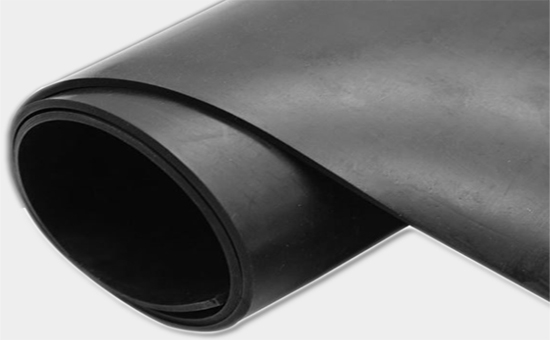
When using reclaimed rubber to produce corrosion-resistant rubber products, improving the corrosion resistance of reclaimed rubber products usually starts from two aspects. One is to select the appropriate reclaimed rubber variety, and the other is to select the appropriate rubber compounding agent. In actual production, which compounding agents in the vulcanization system, reinforcement system, and softening system are more beneficial to improve the corrosion resistance of the rubber? Is it necessary to add special additives to further improve the corrosion resistance of reclaimed rubber products?
1. Selection of compounding agent for vulcanization system
In actual production, when different types of reclaimed rubber products are vulcanized with the same vulcanizing agent, the corrosion resistance of the vulcanized rubber is different. Under normal circumstances, when sulfur vulcanization is selected for latex reclaimed rubber and tire reclaimed rubber, the vulcanized rubber 2YLYY35 has relatively better corrosion resistance. The butyl reclaimed rubber vulcanized with resin vulcanization has excellent corrosion resistance, and its corrosion resistance is far better than that of butyl reclaimed sulfur vulcanized rubber. To improve the corrosion resistance of EPDM reclaimed rubber products, it is recommended to use resin vulcanization.
2. Filling system compounding agent selection
To improve the corrosion resistance of reclaimed rubber products, the compounding agent in the reinforcing filling system should be chemically inert, not easy to react with chemically corrosive media, and not containing water-soluble electrolyte impurities; carbon black, clay, sulfuric acid are recommended Barium, talc, etc. reinforce and fill the reclaimed rubber. It should be noted that silica fillers and talc powder are easy to react with alkali and be corroded. Therefore, it is not suitable to use silica filler or talc powder to prepare reclaimed rubber products that work in alkaline substances for a long time.
When the water-soluble or high-water content rubber filler is vulcanized at high temperature, the water contained in it will quickly volatilize, resulting in a large number of micropores in the reclaimed rubber vulcanizate, so as to increase the penetration rate of chemically corrosive media in the reclaimed rubber. Avoid using the above-mentioned fillers or compounding agents. If necessary, use an appropriate amount of mineral ointment or quicklime powder to absorb water to improve the corrosion resistance of reclaimed rubber products.
3. Selection of softening system compounding agent
Improve the corrosion resistance of reclaimed rubber products. The softening system should use softeners and plasticizers that will not be extracted by chemicals and are not easy to react with chemicals. It is recommended to use low-molecular polymers or alkali-resistant ointments. system. In actual production, avoid the use of ester softening plasticizers and vegetable oil softeners. These softeners and plasticizers are easy to produce saponification in the lye and are easy to extract, resulting in volume shrinkage of reclaimed rubber products and loss of working ability.
In actual production, rubber product manufacturers generally use butyl reclaimed rubber to prepare corrosion-resistant rubber products. Later editors have the opportunity to share with you the formulation and production process points of corrosion-resistant butyl reclaimed rubber products.
Exclusive original article [commercial authorization] reprint, excerpt and excerpt in any form are prohibited without written authorization. Focus on Hongyun rubber: learn the process formula and raw material technology of producing rubber products from recycled rubber to help you reduce costs and increase profits